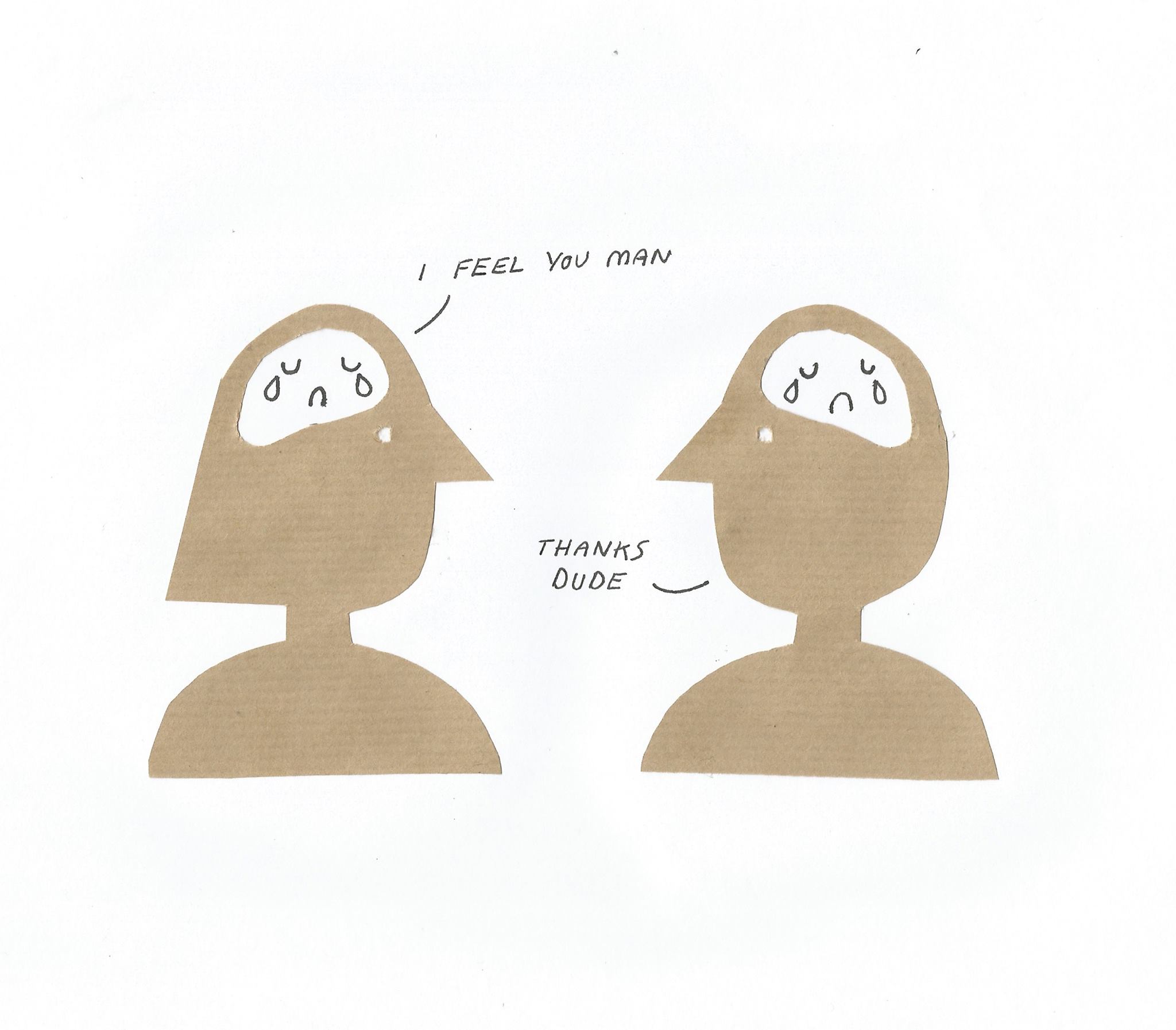When was the first time you really put yourselves in someone else’s shoes? I mean, really thought about and felt what someone else was feeling? Empathy and sympathy are key skills we tend to learn growing up, and one of the first times we are asked to actually consider a different person’s viewpoint or situation is through the media we consume. Culture does a great job providing a ‘window on the world’; giving us access to places and the lives of people we may have never had the chance to witness before – from nature documentaries showcasing penguins in Antarctica to novels detailing the life of an astronaut. Culture can also show us ideas and life experiences far beyond our comfort zone, forcing us to confront our own preconceptions and build empathy for someone we may never have met, or someone who might not even exist.
Culture allows us an insight into a point of the view we may have been unable to consider before, and sometimes it may make us question our pre-existing ideas, even if we feel unwilling to let it do so. This can be unnerving in some cases, as it makes us understand where someone’s is coming from and why they act in such a way, even though we may disagree with their actions and disapprove the motives behind them. Forms of culture that deal with taboos or controversial subjects are an obvious example – Vladimir Nabokov’s Lolita forces us to sympathise with a pedophile as he grooms a young girl, and this unreliable narrator is so effective that many people reading the book uncritically agree with what he believes. Literature is a powerful vehicle for empathy, forcing us to acknowledge why someone acts in such a heinous way, and how easy it can be to empathise with someone else’s situation and actions while ignoring who they hurt.
Literature can put us directly into the minds of people from many different backgrounds, with vastly different points of view. This means it is very difficult not to feel at least a small degree of empathy for our literary miscreants, no matter how horrible they may be. Still, empathy creates understanding, and by understanding where someone is coming from, we can see people as complex, multi-dimensional, and worthy of respect, even if they are morally grey.
However, it is also important to discuss the type of figures culture tends to ask us to have empathy for. Culture primarily seeks to create empathy for privileged sections of society. We have seen far more sympathetic portrayals of violent, criminal white men than we have of people of colour. Shows like Breaking Bad and The Sopranos glorify and let us sympathise with their protagonists, asking us to empathise with how their characters got to the point of entering a life of crime. We see what drove them to the extreme, and as they commit increasingly violent and destructive acts, we acknowledge that what they’re doing may be wrong, but we can understand why they’re doing it.
This degree of sympathy is rarely extended to minorities in similar situations. People of colour, in particular black and Latino men who deal drugs, are rarely shown in a sympathetic light the same way as Walter White is. They are often assigned the role of antagonist, and even within Breaking Bad, the Latino drug dealer, Emilio, is given no back-story or a motive for a life of crime. Culture is a great way to help people sympathize and understand those outside our usual sphere of everyday life, although this empathy is often only given to the already privileged few.
Times are hopefully changing. Indie productions are a way for minorities to broadcast their own experiences and points of view, but these are outside the mainstream and require the audience to seek them out – not ideal if you’re asking a willfully ignorant privileged person to come out of their comfort zone and feel empathy for a minority group. However, with films like Moonlight — a film that creates an intimate portrait of a black, gay man – winning the Oscar for Best picture, the future might leave open more space for complicated depictions of minorities to enter the mainstream, and allow us to challenge our pre-existing points of view and have empathy for people that society tries to dehumanise.
Written by Jo Reid.
Illustration by Verity Pease.

